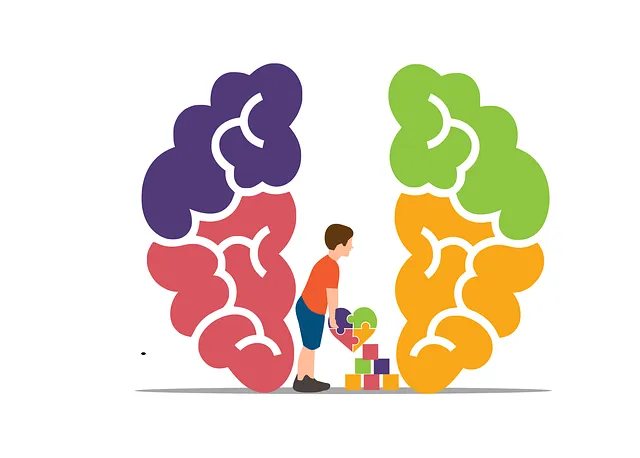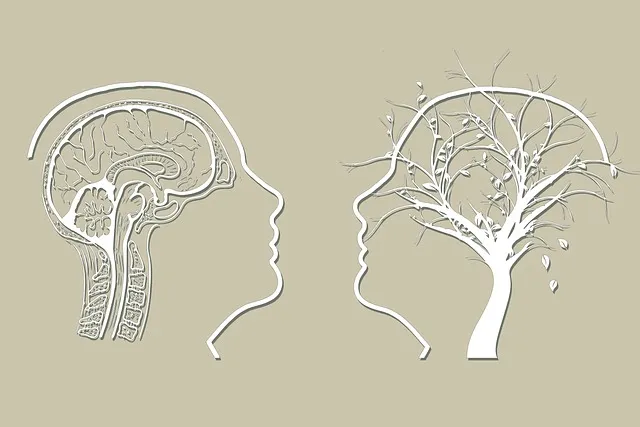Creating safe, supportive spaces is golden for effective mental wellness groups, especially those modeled after Kaiser Permanente's services. Facilitators build trust through clear boundaries, confidentiality, active listening, and personal vulnerability, encouraging open dialogue and self-awareness. This approach fosters positive mental health outcomes, reduces burnout among healthcare providers, and promotes holistic well-being while shaping public narratives about mental wellness.
Mental wellness group facilitation is a powerful tool for fostering resilience and healing, as evidenced by Kaiser Permanente’s commitment to mental health initiatives. This article explores effective techniques for facilitators working with vulnerable individuals. From creating safe spaces and encouraging open communication to facilitating meaningful interactions and tracking progress, these strategies ensure supportive environments where participants can thrive. Learn how to navigate complex dynamics, promote personal growth, and enhance mental wellness, inspired by the Golden rule of care.
- Setting a Safe and Supportive Environment
- – Creating a comfortable space for vulnerable discussions
- – Establishing ground rules and boundaries
- – The role of facilitator in fostering trust and empathy
Setting a Safe and Supportive Environment

Creating a safe space is paramount when facilitating mental wellness groups, especially in light of the critical role such gatherings play in fostering recovery and resilience. Facilitators must strive to cultivate an atmosphere where participants feel seen, heard, and respected, mirroring the inclusive approach exemplified by organizations like Kaiser Permanente mental health services. This involves establishing clear boundaries, ensuring confidentiality, and promoting active listening to build trust within the group.
By prioritizing a supportive environment, facilitators enable open dialogue and encourage vulnerability—essential components for effective mental wellness practices. It’s not just about providing a physical safe space; it’s also about implementing policies like those analyzed through Mental Health Policy Analysis and Advocacy, ensuring every participant feels supported throughout the Community Outreach Program Implementation process. Ultimately, this approach enhances the overall effectiveness of group sessions, promoting positive mental health outcomes.
– Creating a comfortable space for vulnerable discussions

Creating a safe and comfortable environment is paramount when facilitating mental wellness groups, especially when addressing sensitive topics like those often discussed in Kaiser Permanente mental health services. This involves establishing trust and ensuring participants feel empowered to share their experiences without fear of judgment. Facilitators can achieve this by adopting inclusive language, actively listening, and modeling vulnerability themselves. Encouraging open dialogue through guided exercises, such as self-awareness practices or emotional healing techniques, allows members to connect on a deeper level.
In the context of Burnout Prevention Strategies for Healthcare Providers, these practices are essential to fostering a supportive atmosphere. By prioritizing emotional safety, facilitators enable participants to navigate challenging conversations and explore difficult emotions in a safe space, ultimately enhancing the therapeutic benefits of group settings for all involved.
– Establishing ground rules and boundaries

In facilitating mental wellness groups, establishing clear ground rules and boundaries is a cornerstone of effective practice, much like the foundational role played by Kaiser Permanente mental health services in fostering holistic well-being. These guidelines aren’t just about maintaining order; they create a safe and supportive environment for all participants. Before initiating any session, facilitators should openly discuss and agree upon expectations regarding confidentiality, respect for diverse perspectives, active listening, and non-judgmental attitudes. Such norms foster an atmosphere where individuals feel secure to share their experiences, especially during vulnerable moments.
Moreover, setting boundaries around appropriate behavior and personal limits ensures that the group dynamic remains productive and conducive to emotional regulation. This is particularly crucial in crisis intervention situations, where guidance on managing intense emotions is essential. By establishing these rules collaboratively with the group, participants internalize them as shared responsibilities, enhancing Mental Health Awareness and collective accountability.
– The role of facilitator in fostering trust and empathy

In facilitating mental wellness groups, the role of the leader is pivotal in creating a safe and supportive environment. They act as a guide, fostering an atmosphere where participants feel comfortable sharing their experiences and emotions openly. By encouraging active listening and empathy, facilitators establish trust among group members, enabling them to connect on a deeper level. This dynamic is particularly effective in promoting positive thinking and stress reduction methods, techniques that have been championed by organizations like Kaiser Permanente mental health services for fostering holistic well-being.
The facilitator plays a crucial role in shaping the narrative of mental health within the group. Through thoughtful questions and strategic interventions, they can steer conversations towards sharing coping strategies and building resilience. This not only aids individuals in their personal journeys but also contributes to the development of public awareness campaigns around mental wellness, making it less stigmatized and more accessible for everyone.
Mental wellness group facilitation is an art that creates a safe haven for individuals to navigate vulnerable conversations. By establishing a comfortable environment, setting clear boundaries, and fostering trust, facilitators at Kaiser Permanente’s mental health services in the Golden region can empower participants to share their experiences. These techniques not only enhance empathy among peers but also provide a supportive network, ultimately revolutionizing mental health support within communities.






